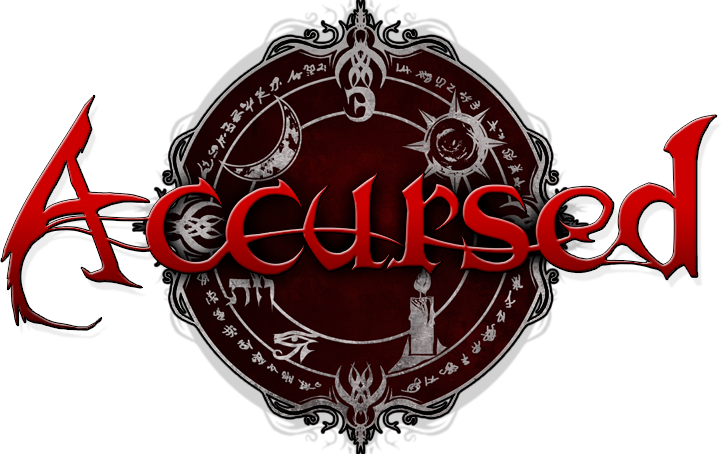The tribes intermarried and transformed over many decades into seven great clans. Fractious and prideful, these clans had great difficulties working together. They waged war against each other as often as they launched raids for property and wives into neighboring regions including the Outlands and Hyphrates.
In time, however, one man of strong will and courage managed to forge the clans into a single nation. His name was Bran MacLir, and he was the true father of Caer Kainen. Bran assembled a group of mighty warriors as his shieldbearers and took them into battle after battle. Never defeated, Bran won the loyalties of each clan chief one by one and was crowned High King shortly thereafter. Bran’s first order as king was to construct a massive fortress to serve as the realm’s capital and a keep to protect its people. The fortress took years to build and drew master masons from across Morden. Once complete, Bran named the fortress Shieldhaven, and his realm became known as Caer Kainen, meaning “the Unbroken Fortress” in the region’s tribal tongue.
There are many tales of High King Bran MacLir—that he was the first bearer of the magic sword, the Spatha Sancta, that he defeated a Dragon on the shores of Loch Lumond, that he climbed the tallest peak in the Highlands to find his queen. The clansmen of Caer Kainen claim that they are all true. Bran’s kingship was legendary, and his successors ruled the realm wisely and well for many generations.
The people of Caer Kainen have their own wild character to match the terrain of their home. Kainenites celebrate art and music as well as strength of arms, and they hold a legendary festival in the fall known as Harvestmoon. Considered both savage and decadent by the other nations of Morden, the citizens of Caer Kainen display little care for such labels, preferring to spend their time living life to the fullest.
In battle, the clans of Caer Kainen fielded large groups of light infantry and irregulars. It is said that few could match the stealth and cunning of Caer Kainen scouts nor the unbridled aggression of their berserk sword masters. Kainenites prized both courage and exhibition in warfare. The most popular warriors were those who had proven their bravery and skill in one-on-one duels and other displays of aggression.
In the end, what led to the end of Caer Kainen was no lack of courage or skill. Instead, it was love that brought the Morrigan into their lands. Her arrival began a tragedy of scale never before seen in Morden.

i was a bit puzzled to hear you state on the D6 Generation that Cairn Kainen is the Accursed universe take on Scotland/Wales, when it is clearly modeled on pre-Christian Ireland...The Morrigan being a figure from Irish mythology etc.. most odd...
ReplyDeleteThanks for the feedback, Ed. When we say that an element of the setting is analogous to a real world historical place, we're really just using a sort of descriptive shorthand. We draw on a lot of different myths and cultural touchstones for each location. There are definitely Irish elements that have crept into Cairn Kainen, but there are ideas from a broad range of diverse sources.
ReplyDelete